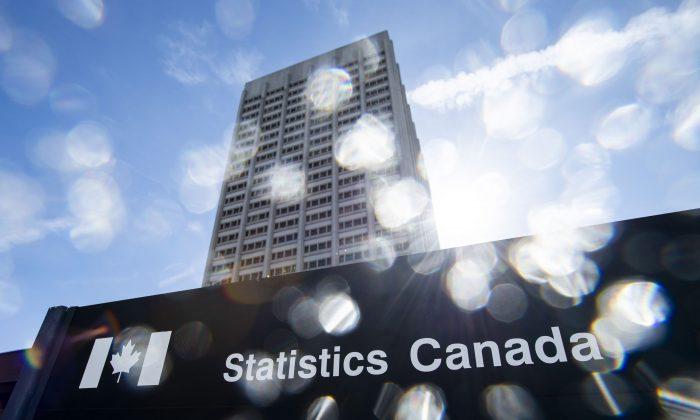The struggle between traditional religion and today’s increasingly individualistic beliefs is taking a toll on Christianity in Canada as all Christian denominations decline—except one. And adherents of that denomination say the others may be losing members because they just aren’t traditional enough.
Orthodox Christianity, practised most famously in Greece, Russia, and Eastern Europe, has increased in popularity in recent years in Canada as all other denominations lose members.
And that number is likely much higher now, at least temporarily, after the Russian invasion of Ukraine in February of 2021 prompted an influx of refugees from Ukraine, one of the principal Orthodox countries. As of March, more than 286,700 Ukrainians had arrived in Canada under an emergency visa program created after the war began, according to Immigration Canada statistics.
Meanwhile, Christianity overall has dwindled and, as of the latest census, accounted for only 53.4 percent of Canada’s population, down from 67.3 percent in 2011, and 77.1 percent in 2001, according to Statistics Canada. If the trend continues, Christianity will be on track to lose majority status in Canada as the popularity of other religions grow.
The percentage of Muslims has increased to 4.9 percent of Canada’s population from just 2 percent 20 years ago, and the number of Hindus grew to 2.3 percent from 1 percent, StatCan says.
He said clergy and laypeople have written to him from Alberta, British Columbia, Ontario, and Quebec, plus 46 of the 50 U.S. states, with comments confirming a flood of interest in Orthodox Christianity in their parishes. In many cases, they currently have more catechumens, or converts, now studying the religion than they have ever had in all the years of the existence of their churches combined.
Many observers attribute the interest in Orthodox Christianity in both Canada and the United States, at least in part, to its strict adherence to tradition and ritual at a time when many people are troubled by rapid change and political strife. Orthodox Christianity, with approximately 230 million followers worldwide, treasures elaborate, unchanging ritual along with ornately decorated churches that set it apart from most other denominations.
Also, says Paul VanderKlay, a minister in the Christian Reformed Church of North America, the Orthodox have refused to apologize for the past. Many other denominations, particularly in Canada and the rest of the English-speaking world, started apologizing decades ago for slavery, then for racism, then for misogyny, homophobia, and other causes in a refrain that caused them to lose the confidence of worshippers.
“What you get now is that being ‘anti’ is your identity,” he told The Epoch Times in an interview. “You’re against badness. What, then, do you bring to the table?”
Another key to the Orthodox surge is what Pastor VanderKlay, who is not Orthodox, calls the “Peterson-Pageau pipeline.”
Jordan Peterson, the former University of Toronto professor turned celebrity academic, popularized Christianity in speeches heard by millions of people around the world, explaining Bible stories and other elements in intellectual, rather than spiritual, terms. Jonathan Pageau, an Orthodox Christian icon carver from Quebec, stirred an interest in Peterson’s wake that directed many of his listeners to Orthodox Christianity.
The fan base of most of them is skewed toward young men, and the surge in Orthodoxy, according to both Pastor VanderKlay and Father Damick, also skews toward young males.
Because the surge is a recent phenomenon and Orthodoxy liturgy is particularly demanding of its adherents, Pastor VanderKlay said it’s far from clear whether the new entrants to the religion will stick around.
“Will these men still be going to church in five years and, more importantly, will they get their wives in the church?” he said, adding that time will separate the true adherents, who take in the religion deeply, from the “Internet Orthodox” who may leave when attending church grows out of fashion again or becomes inconvenient.







